
Origin/Endemic status: Endemic
Other Comments: An ornamental prized for its small size and attractive fall color -- though most cultivated material (even so labeled) is not this species but the hybrid F. ×intermedia. A tetraploid species (2n=4x=48) (Ranney et al. 2012).
Synonymy: = Haynes et al (2020); = n/a – C; < Fothergilla gardeni – S, S13, orthographic variant; >< Fothergilla gardeni – F; < Fothergilla gardenii L. – FNA3, GW2, K1, K3, K4, RAB, Weaver (1969)
Wetland Indicator Status:
- Atlantic and Gulf Coastal Plain: FACW (taxonomic split from wetland indicator species)
Heliophily: 7
Hover over a shape, letter, icon, or arrow on the map for definition or see the legend.
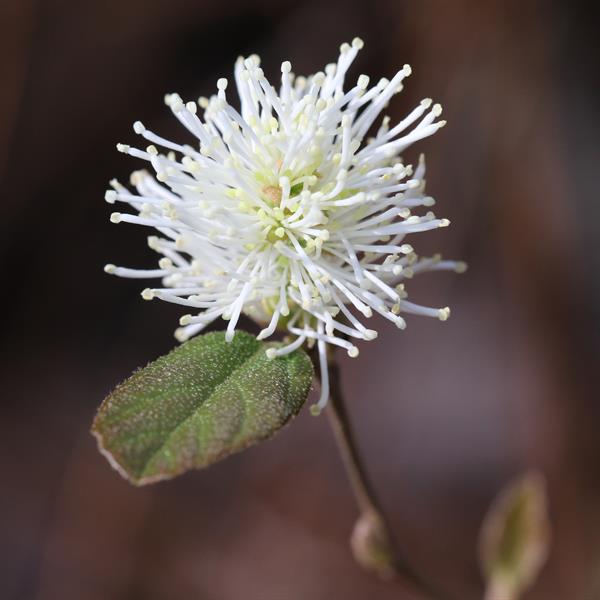 © Will Stuart | Original Image ⭷
© Will Stuart | Original Image ⭷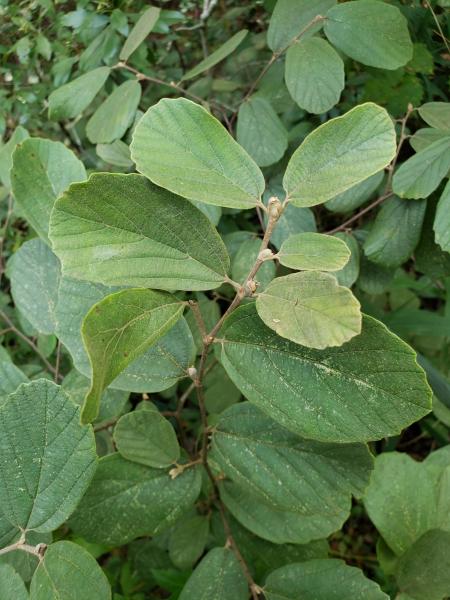 © Alvin Diamond, some rights reserved (CC BY-NC), uploaded by Alvin Diamond source CC-BY-NC, permission granted to NCBG | Original Image ⭷
© Alvin Diamond, some rights reserved (CC BY-NC), uploaded by Alvin Diamond source CC-BY-NC, permission granted to NCBG | Original Image ⭷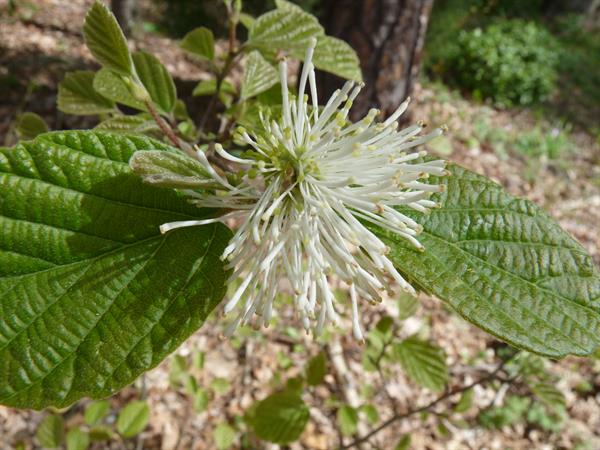 © Richard & Teresa Ware CC-BY-NC, permission granted to NCBG | Original Image ⭷
© Richard & Teresa Ware CC-BY-NC, permission granted to NCBG | Original Image ⭷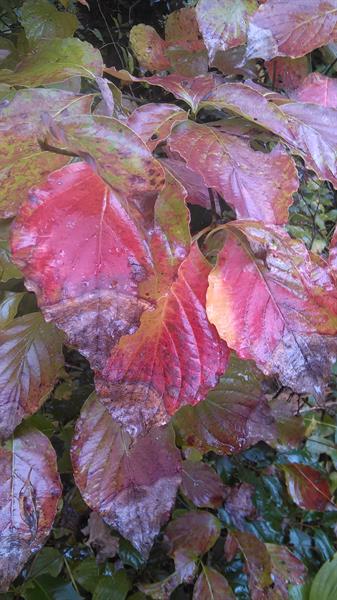 © Jennifer Peterson | Original Image ⭷
© Jennifer Peterson | Original Image ⭷ © Bruce A. Sorrie | Original Image ⭷
© Bruce A. Sorrie | Original Image ⭷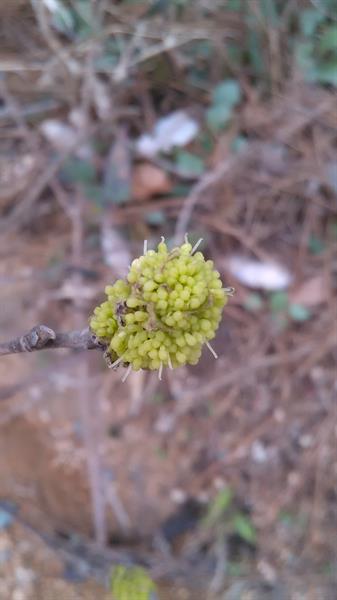 © Jennifer Peterson | Original Image ⭷
© Jennifer Peterson | Original Image ⭷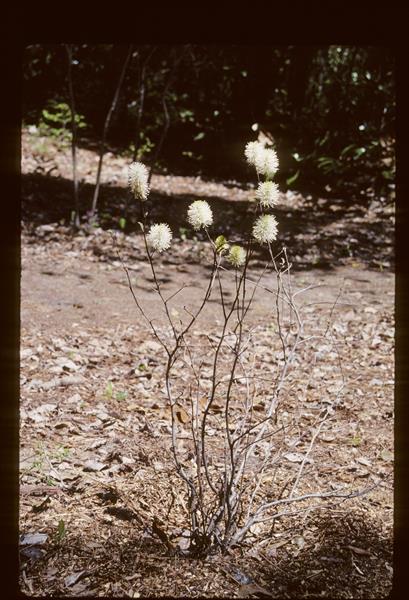 © J.W. Hardin | Original Image ⭷
© J.W. Hardin | Original Image ⭷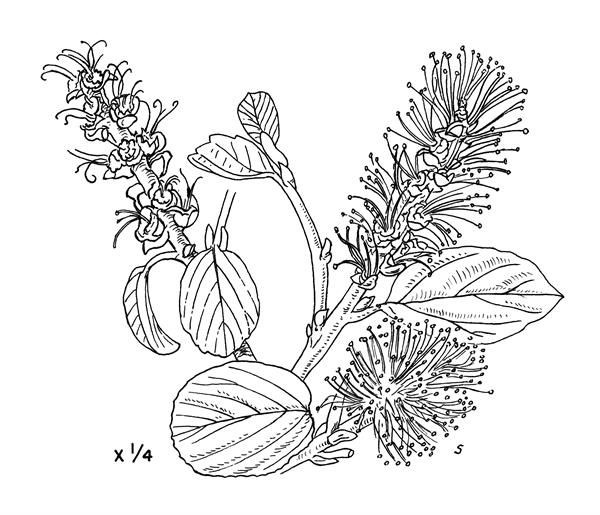 © Radford, Ahles and Bell | Original Image ⭷
© Radford, Ahles and Bell | Original Image ⭷Feedback
See something wrong or missing on about Fothergilla gardenii? Let us know here: (Please include your name and email if at all complicated so we can clarify if needed.)
Cite as...